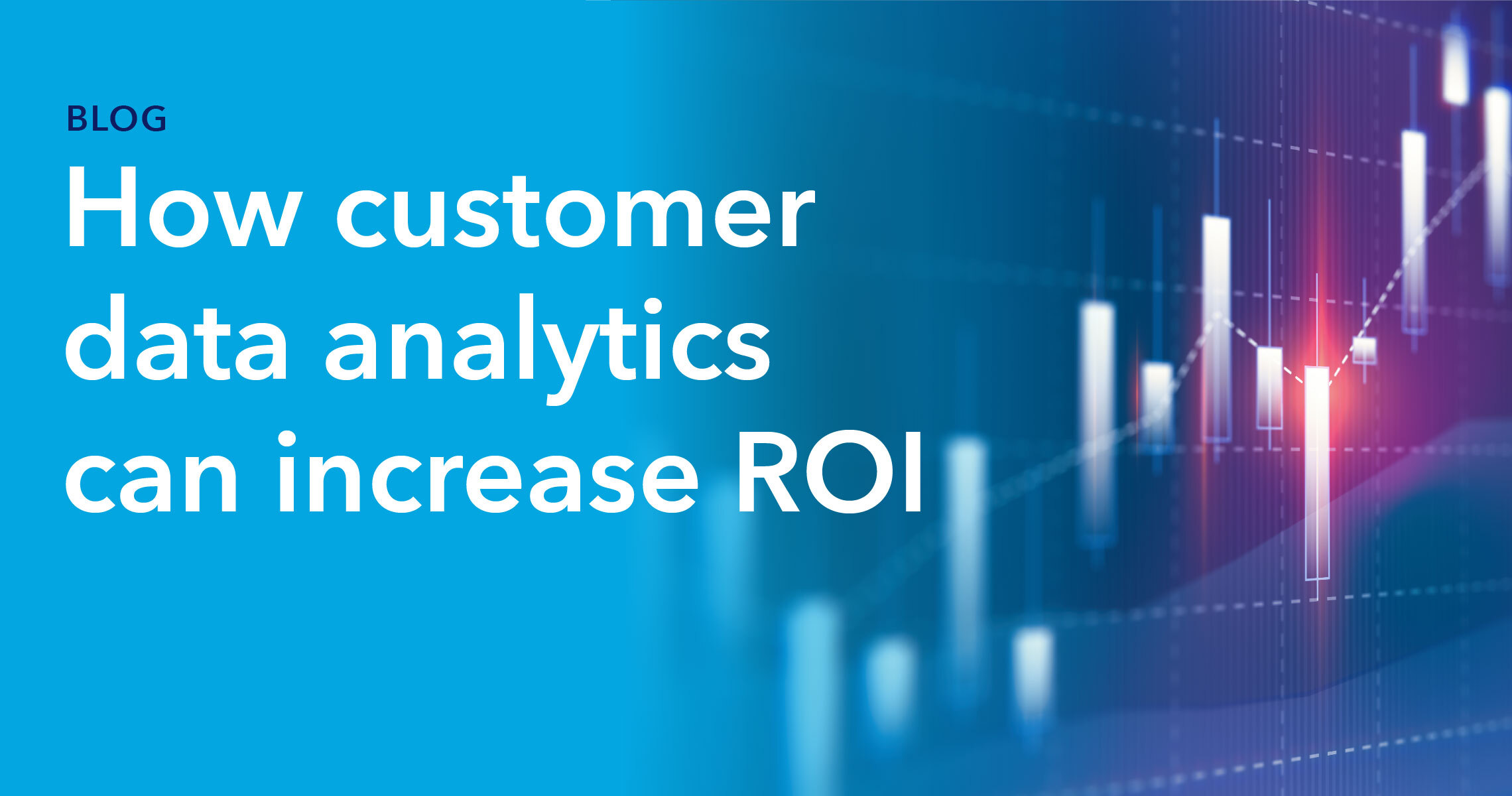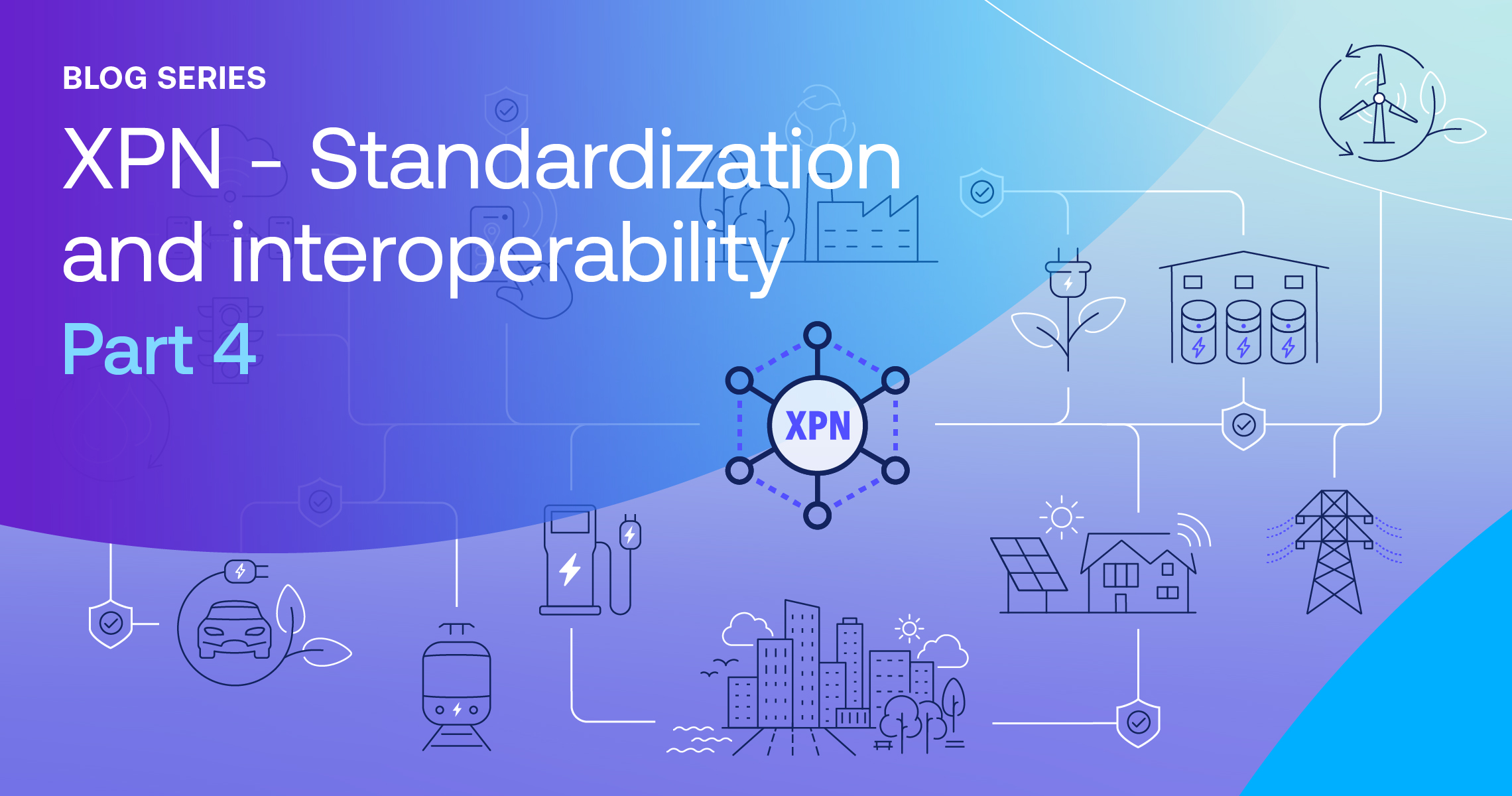Even after almost a decade of talk about how big data would change all aspects of modern business, customer data analytics are still greatly underutilized by most organizations. We’ve previously discussed the technical aspects of data operations, such as how to improve data flows and build processes that avoid creating data swamps, but in this blog we’ll look at why you should be collecting, analyzing, and distributing data in the first place.
Customer data analytics can deliver considerable benefits across virtually all business verticals. It can improve decision-making, increase ROI, and make a big impact on a company’s bottom line. Here is how customer data analytics can make a difference for your organization.
1. Improved sales conversions
Numerous factors contribute to the apex of a customer’s journey: the sale. Towards the end of that funnel is the sales team’s interaction with the customer. Customer data analytics can give salespeople an edge by allowing them to use previous successful approaches to drive home the sale. They can also use the information to match product features to the pain points that matter most to each individual customer. Additionally, customer data analytics can help categorize leads so that sales teams can prioritize the highest value and closest-to-conversion prospects, thus achieving greater ROI.
2. Inventory management
Optimizing stock is essential, especially in fields where online sales are everything and being out of a product means a customer will move directly to a competitor. Customer churn can rise up to 70% the first few times they find something out of stock, undoing all the hard work of marketing and sales teams and damaging ROI. Especially in organizations with dispersed distribution centers, such as car dealerships or clothing stores, siloed locations can become very localized in their views of upcoming needs and end up missing out on the bigger picture.
Centralizing customer data analytics and then distributing insights across all customer service points allows for a more comprehensive inventory management situation. This can decrease wasted storage space and ensure constant availability of the products customers want.
3. Tailoring personal experiences
Customers want to feel that the product or service they’re buying caters to them and their needs. In fact, 86% of them cite it as a factor in their purchasing decisions. Naturally, this is extremely difficult to achieve, especially as a business grows. However, through customer data analytics, it is possible to tweak the customer experience to encompass the broadest aspects of your base’s commonalities. Various functions can then use this data to create more granular journeys based on individual features which, as much as possible, allows you to be all things to all people.
Without a deep understanding of your customers’ needs and actions, it is impossible to give them an experience that makes them feel a connection with your product or service.
4. Improved marketing ROI
The interplay between customer data analytics and marketing can significantly boost ROI and improve conversion rates. McKinsey found that integrating customer data into marketing boosted marketing ROI by 115%, and SmartFocus found that personalized CTAs alone were 42% more effective at converting. When combined with machine learning and automated processes, a steady stream of quality insights from customer data analytics can help marketing teams create a simple pipeline that delivers much better results.
Ultimately, understanding what messaging appeals to your core audience and where the biggest marketing returns are made can decrease your customer acquisition cost (CAC) and improve retention.
5. Better customer modeling
Since attracting returning customers costs less than acquiring new ones, growing customer lifetime value (LTV) is key to increasing ROI. To sustain loyalty, it’s important to maintain quality but also to keep delivering more. Organizations can use customer data analytics to build clear customer profiles that allow them to identify the right add-ons, connections, and collaborations their product or service should adopt to improve their overall offering. Customer modeling and knowing what works and what doesn’t for your base also feeds into marketing and identifying overlaps with other potential leads.
6. Better response times
Every business has a limited budget, and the decisions made about where it goes have a direct impact on ROI. Customer data analytics can give an organization a real-time and diachronic view of how their customers engage with their products and services. This should lead to strategic long-term thinking, but also provides the opportunity to pivot quickly and shift budgets where needed.
Adopting data-driven decision-making improves response times to what’s happening on the ground. It also provides a more accurate long-term, big picture, meaning that business decisions are made with the best knowledge possible to maximize ROI.
The right platform for customer data analytics
While the boost customer data analytics can give to your ROI is clear, integrating analytics into your data function can still be a challenge. Siloed data sets require costly transport and storage, otherwise they can turn into a data swamp that slows down processes and delivers little usable business insight.
The solution is to use an interoperable data platform that creates virtualized datasets so analysis can be performed on all data no matter where it is stored. The speed and accessibility of using a virtualized data platform means that customer data analytics can get to the functions that need them in a timely manner.
Not only that, but a solution such as Intertrust Platform also makes data governance easy by integrating security and access management features into the platform. This ensures regulatory compliance even when using third-party analytics or collaborating with other organizations. To find out more about how Intertrust Platform is helping firms all over the world improve ROI, you can read more here or talk to our team.
About Abhishek Prabhakar
Abhishek Prabhakar is a Senior Manager ( Marketing Strategy and Product Planning ) at Intertrust Technologies Corporation, and is primarily involved in the global product marketing and planning function for The Intertrust Platform. He has extensive experience in the field of new age enterprise transformation technologies and is actively involved in market research and strategic partnerships in the field.




